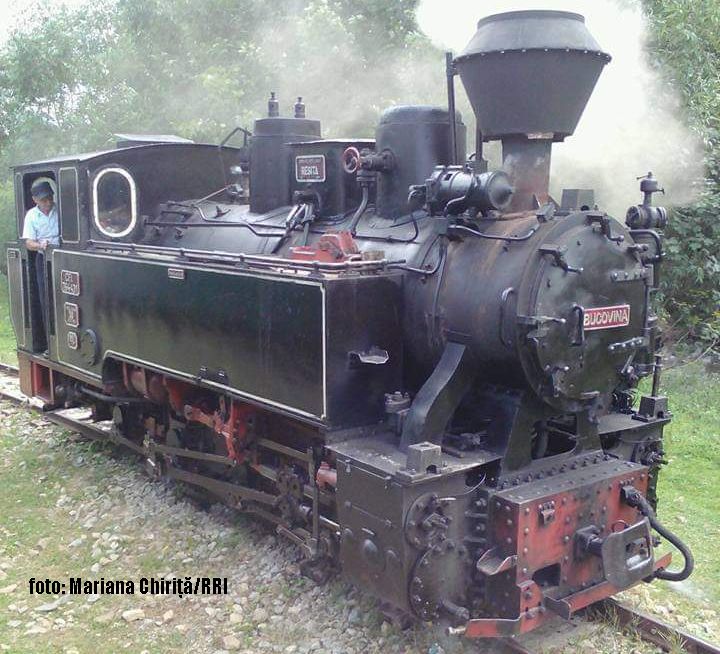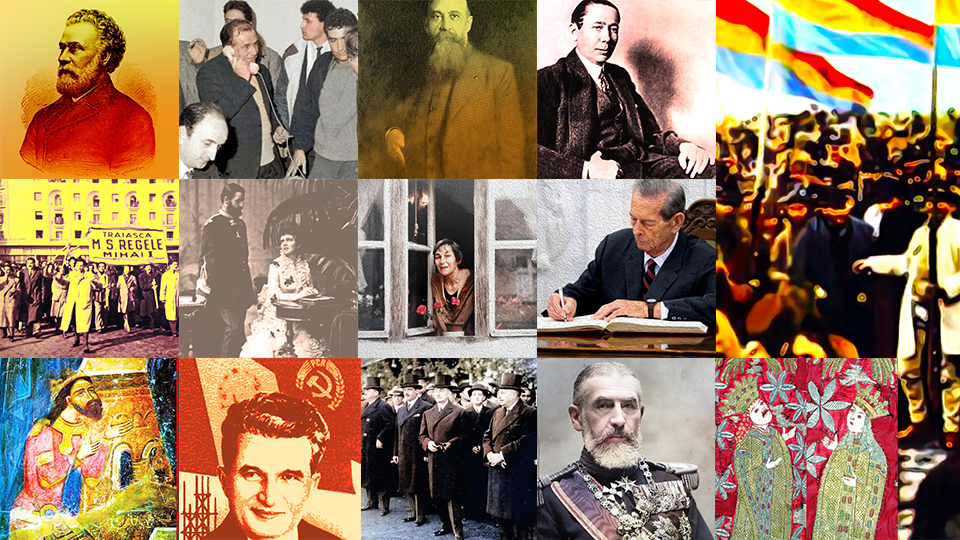The Arcalia Compound in Bistrita
Arcalia, a Moorish-Byzantine castle, is not something you encounter very often in Romania

Christine Leșcu, 11.03.2017, 14:00
Arcalia castle is located near the northern Romanian town of Bistrita. The exotic structure we see today dates from around 1880, but the entire Arcalia estate where the castle was built is mentioned in historical records as early as the 14th century. Towards the end of the 17th, century the castle came into the possession of the Banffy family and later of the Bethlen family, when one of the daughters of governor Gheorghe Banffy married into this family. The first records about the existence of this residence also date to around this time, late 17th and early 18th centuries. The castle we see today was built in 1880 and it is the only example of Moorish-Byzantine architecture in Transylvania. The name of this style comes from an architectural element found on the roof, a bulb-like feature in the shape of a helmet similar to those worn by the troops of the Muslim or Ottoman armies. Unfortunately, the name of the architect is not known. We only know the name of the building company from Cluj.
Ana Maria Stan, a researcher from the Babes Bolyai University Museum in Cluj, has more on the choice of architectural style: “There are few documents that could explain this. However, the Moorish-Byzantine style was one of the architectural styles used in the Austro-Hungarian Empire in late 19th century. Another structure with a similar style is the Metropolitan Palace in Czernowitz, which was part of the empire at the time. I think it was probably en vogue among the elites of the day. It may also have been a choice made by the owner of the estate. It was only a private residence and Im not even sure it was used a lot throughout the year, because the Bethlen family had other properties across Transylvania. However, given the amount of works done on the building and its gardens, the family must have spent some time there. Unfortunately, no pieces of furniture, objects or books belonging to the Bethlen family have been preserved. Like many other properties, the castle was nationalised and used for a different purpose when the communists came to power in Romania. The only elements that have survived are the tiles stoves featuring the family emblem, a serpent with a cross-marked globe in its mouth. In fact, the castle consists of a main building and two adjacent structures.
At the beginning of the 1960s, the Arcalia castle and estate were returned to the Babes Bolyai University in Cluj Napoca. The Moorish castle is surrounded by a garden with its own historical importance.
Researcher Ana-Maria Stan: “The garden and the land surrounding the castle were part of the initial estate, but its restoration took place in two stages. In 1801, Count Janos Bethlen wanted an English garden, which was a first in Transylvania at the time. Footpaths were created in the forest surrounding the castle, as well as small areas where guests could rest. One such place had a bench with a roof made up of branches that provided a view of the counts residence. In another area, a folly was built consisting of a wooden hut, called the Hermits House, a quiet place conducive to meditation. These are the typical elements of an English garden in the early 19th century. In time, exotic trees were planted, as well as lime and orange trees. Later, the garden was turned into a dendrological park after the building of the Moorish-Byzantine structure.
According to the most recent study carried out in 2014, the dendrological park in Arcalia is home to 101 species and 3,500 trees and shrubs. Most of them are coniferous, but there are also six species of maple tree and eight species of oak tree. When the garden was first designed, the intention was to ensure a variety of colourful vegetation during all the four seasons. The most spectacular species are the tulip tree, the bald cypress, the English oak, the Caucasus oak tree and the Douglas Canadian fir tree.(Translated by E. Nasta)






























